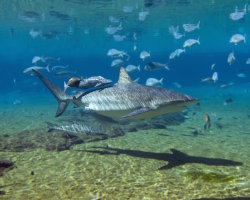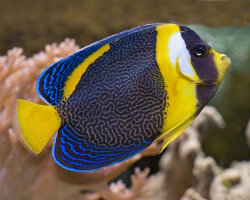Sealife guideThe fascinating world of seabirds, guardians of the coastMarine vertebrates
Last updated on 08/13/2025 at 12:24 AM
Seabirds are a group of birds closely associated with coastal and marine environments, with species that have evolved to fill specific ecological niches. These birds, including gulls, terns, pelicans, cormorants and albatrosses, as well as penguins, have adapted remarkably well to life at sea, with physical and behavioral traits that enable them to survive in extreme conditions.
They also play a crucial role in marine ecosystems, both in the food chain and in broader ecological processes.
An adaptation to their marine environment
Seabirds possess a range of physiological adaptations that help them adjust to life in a marine environment. Their wings, for example, are typically long and narrow, allowing them to glide over long distances and conserve energy while crossing vast stretches of ocean. In addition, most of these birds have specialized glands called salt nasal glands, which enable them to excrete the excess salt they ingest through their diet, allowing them to drink seawater without harm. Finally, seabirds have developed keen vision that allows them to spot prey in the water from high up in the air while in flight.
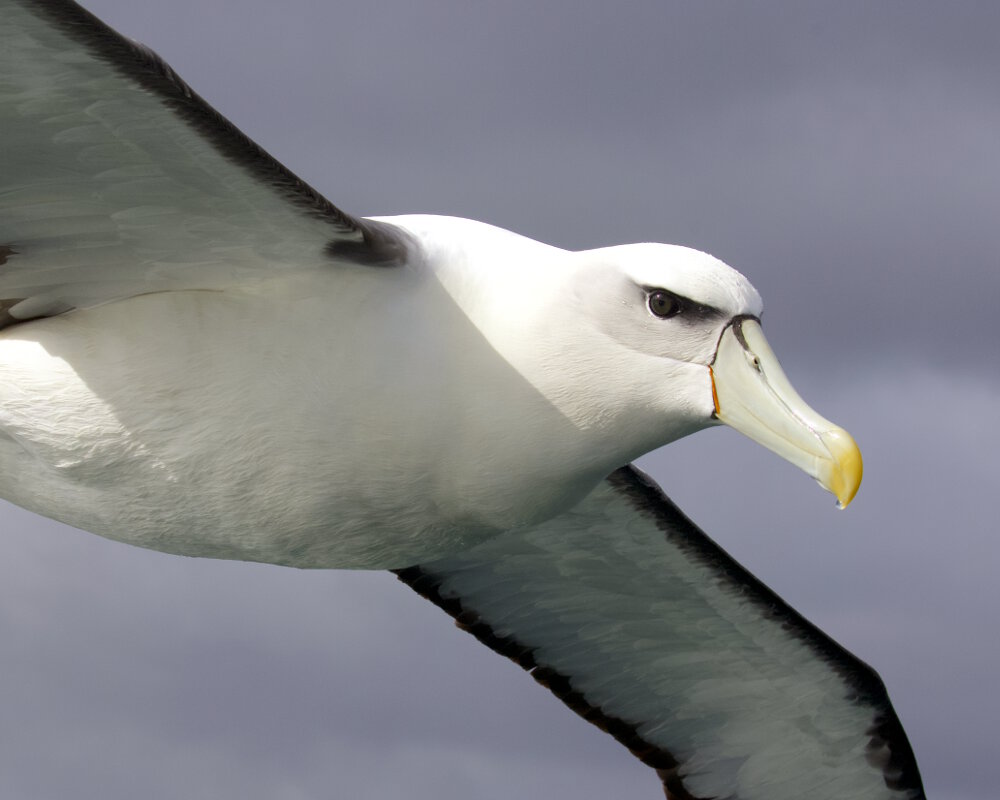
The white-capped albatross (Thalassarche cauta steadi) © Gregory "Slobirdr" Smith sous licence Creative Commons
Seabird nesting behaviors are also diverse and well adapted to their environment. For example, the albatross, an iconic species, nests on remote islands where land predators are scarce. Lifelong pairs often share responsibilities for feeding and protecting their chicks. Cormorants, on the other hand, are capable of diving to great depths to catch fish, showcasing fishing techniques that have evolved over time among marine bird species.
An ecological role
Seabirds play a key role in regulating marine organism populations. They are often top predators in the food chain, helping control populations of fish and marine invertebrates. Their droppings, rich in nitrogen, act as fertilizer for coastal ecosystems. Additionally, seabirds influence plant communities in coastal areas through their feeding habits and interactions with habitats.
Seabirds are also indicators of ocean health. Their abundance and behavior can provide valuable information about the quality of marine habitats and changes in ocean ecosystems, particularly in response to climate change and pollution. Population shifts in certain species, such as albatrosses, can signal changes in the availability of food resources, offering insights into the impacts of climate change on the oceans.
Threats on the horizon
Seabirds face several threats due to human activities. Pollution, especially marine plastics, poses a major danger to many species, which can ingest or become entangled in debris. Additionally, the overexploitation of marine resources, particularly industrial fishing, disrupts their feeding and breeding behaviors.
Seabird conservation initiatives include establishing protected areas, regulating fishing and reducing marine pollution. These efforts are essential for maintaining marine biodiversity and protecting these unique birds, which are key players in marine ecosystems.
Discover seabirds
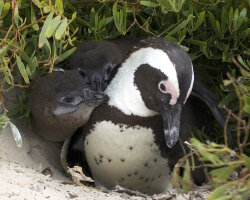
African penguin
(Spheniscus demersus)
(Spheniscus demersus)

Antarctic prion
(Pachyptila desolata)
(Pachyptila desolata)
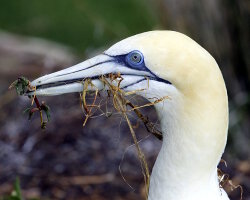
Australasian gannet
(Morus serrator)
(Morus serrator)
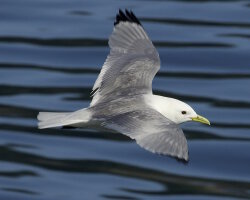
Black-legged kittiwake
(Rissa tridactyla)
(Rissa tridactyla)

Buller's albatross
(Thalassarche bulleri)
(Thalassarche bulleri)
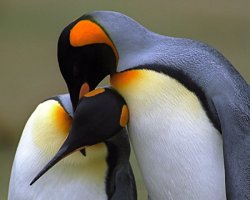
King penguin
(Aptenodytes patagonicus)
(Aptenodytes patagonicus)

Red-footed booby
(Sula sula)
(Sula sula)

White-capped albatross
(Thalassarche cauta steadi)
(Thalassarche cauta steadi)


